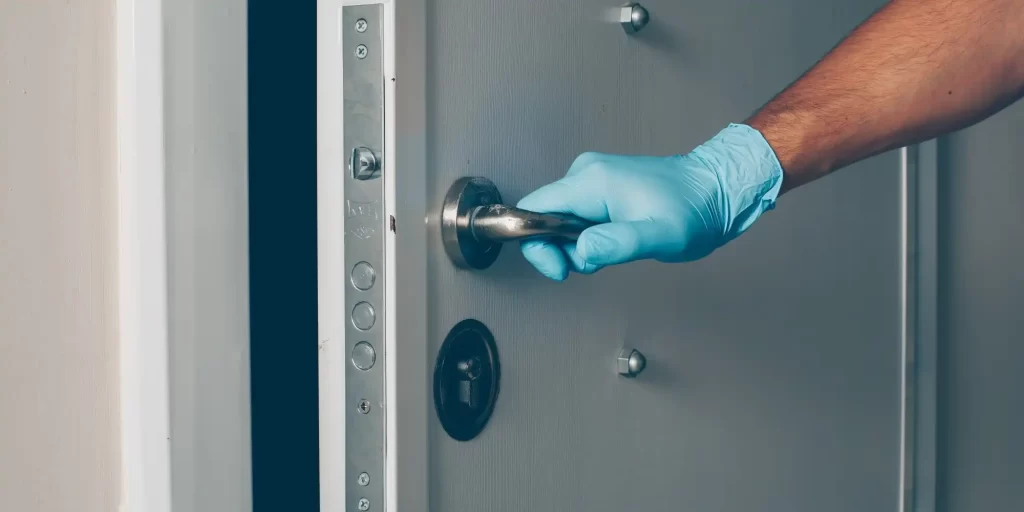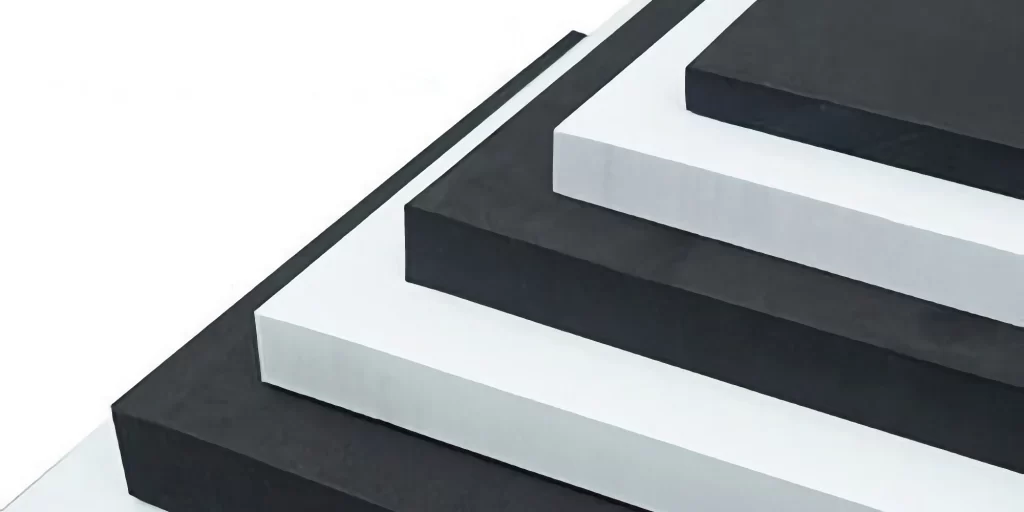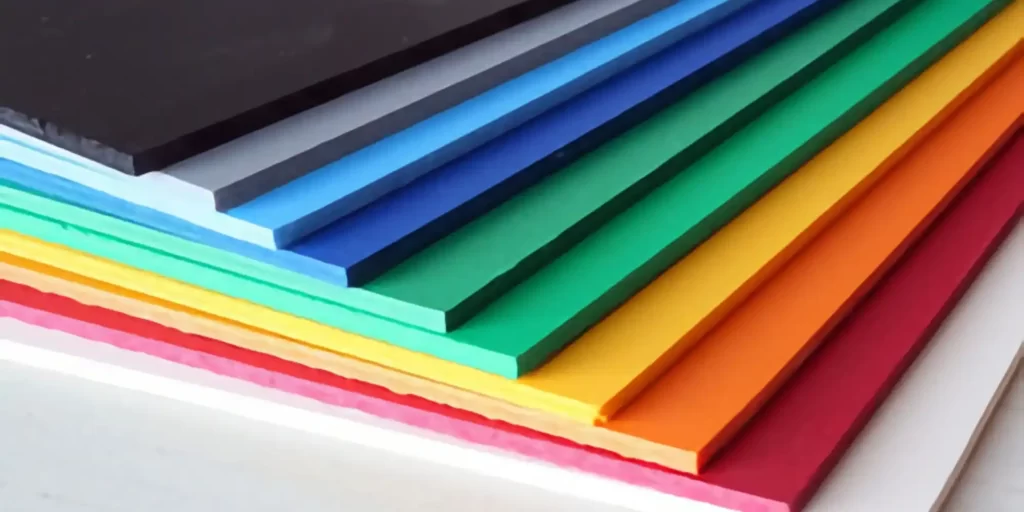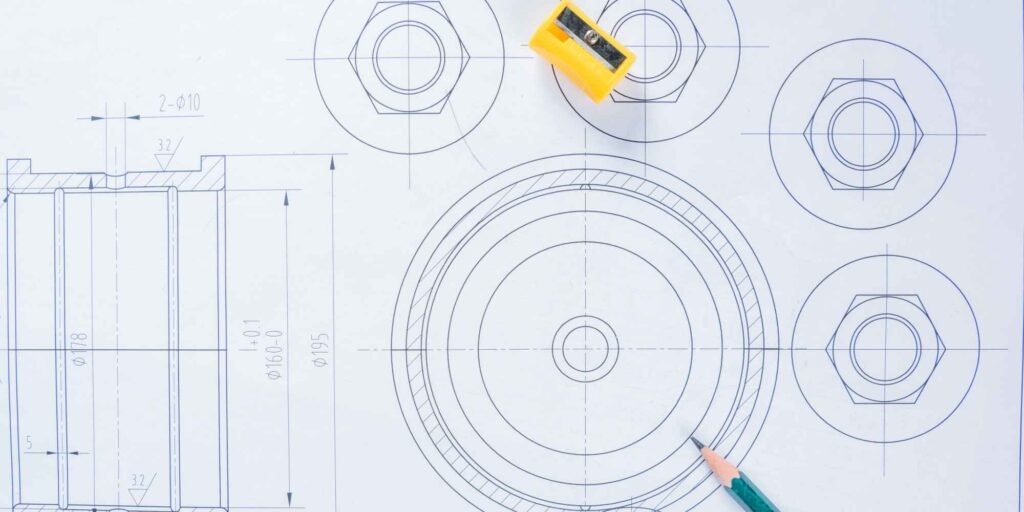Introduction:
Door seals play a pivotal role in maintaining the comfort, energy efficiency, and security of our homes and buildings. With the evolution of materials used in their production, EVA foam has emerged as a leading choice. This article delves deep into the world of EVA foam door seals, exploring their benefits, applications, and answering some frequently asked questions.
1. What is EVA Foam?
EVA, or Ethylene-Vinyl Acetate, is a closed-cell foam known for its flexibility, resilience, and excellent shock absorption qualities. It’s lightweight, water-resistant, and can be molded into various shapes, making it a versatile material for numerous applications, including door seals.
2. Benefits of Using EVA Foam in Door Seals:
- Energy Efficiency: EVA foam provides excellent insulation, helping to keep the cold out and the warmth in, leading to reduced energy bills.
- Soundproofing: Its dense structure acts as a sound barrier, reducing noise from the outside.
- Durability: EVA foam is resistant to UV rays, moisture, and temperature fluctuations, ensuring a long lifespan for the door seal.
- Cost-Effective: Compared to other materials, EVA foam offers a cost-effective solution without compromising on quality.
3. Applications of EVA Foam in Door Seals:
- Residential Doors: From front doors to patio doors, EVA foam seals ensure a snug fit, preventing drafts and enhancing security.
- Commercial Buildings: In offices, warehouses, and other commercial spaces, these seals help maintain temperature and reduce energy costs.
- Automotive Doors: EVA foam is also used in car door seals, ensuring a quiet, comfortable, and energy-efficient ride.
- Refrigeration Units: The insulating properties of EVA foam make it ideal for seals in refrigerators and freezers.
4. How to Choose the Right EVA Foam Door Seal:
When selecting an EVA foam door seal, consider the following:
- Density: A higher density foam will offer better insulation and soundproofing.
- Size and Shape: Ensure the seal fits the door frame perfectly. EVA foam can be easily cut and shaped to fit any door.
- Adhesive Backing: Some EVA foam door seals come with adhesive backings for easy installation.
- Weather Resistance: For external doors, choose a foam that’s resistant to UV rays and extreme temperatures.
FAQs:
- Q: How long do EVA foam door seals last?
A: With proper care, EVA foam door seals can last for several years. Their durability is one of their standout features. - Q: Can I install an EVA foam door seal myself?
A: Absolutely! Many EVA foam door seals come with adhesive backings or can be easily attached with glue, making DIY installation a breeze. - Q: Are EVA foam door seals environmentally friendly?
A: EVA foam is non-toxic and can be recycled, making it an eco-friendly choice for door seals. - Q: How do I clean and maintain my EVA foam door seal?
A: EVA foam door seals can be wiped clean with a damp cloth. It’s advisable to check them periodically for wear and tear.
Conclusion:
EVA foam door seals offer a blend of functionality, durability, and cost-effectiveness. Whether you’re looking to enhance the energy efficiency of your home, reduce noise, or simply replace a worn-out door seal, EVA foam is a choice worth considering. With its myriad of benefits and applications, it’s no wonder that EVA foam has become a go-to material in the world of door seals.






